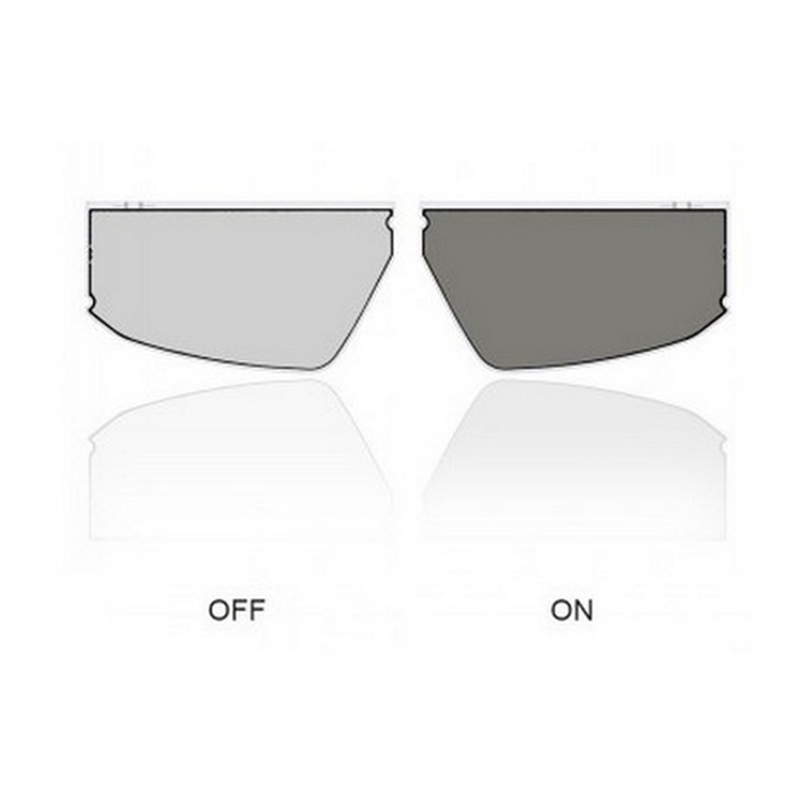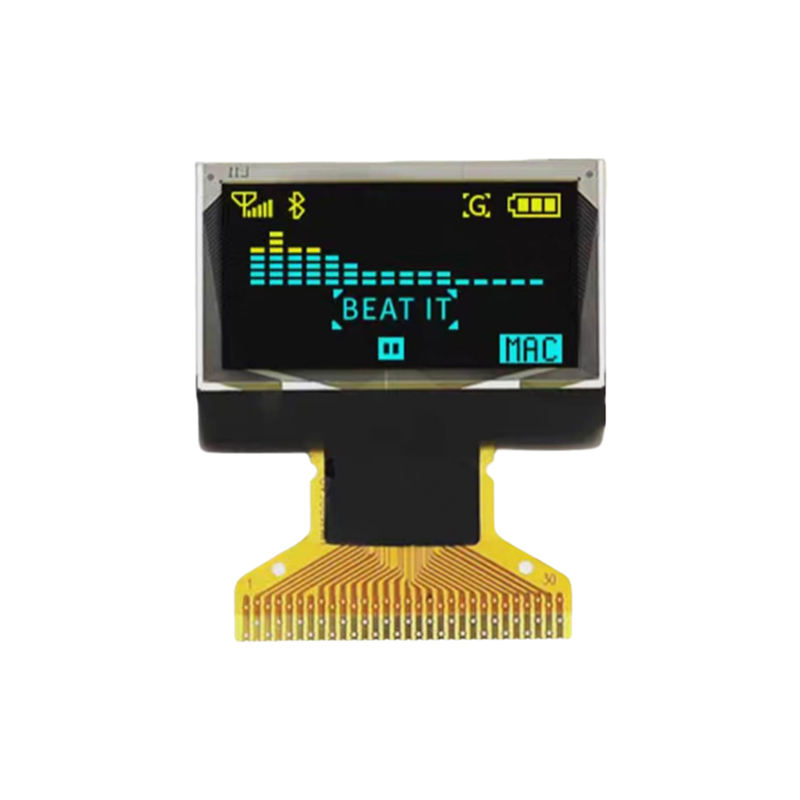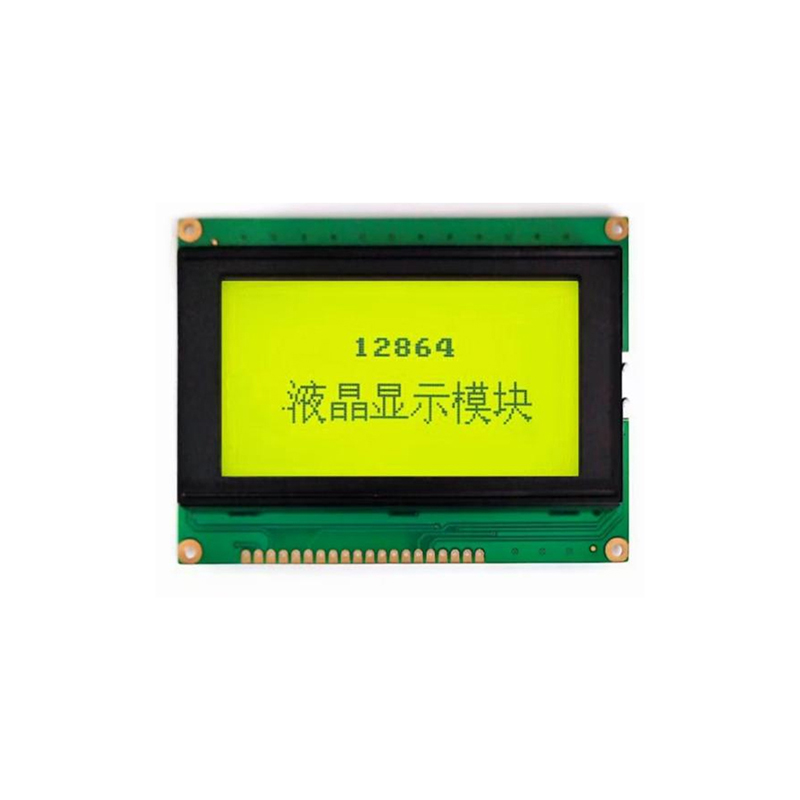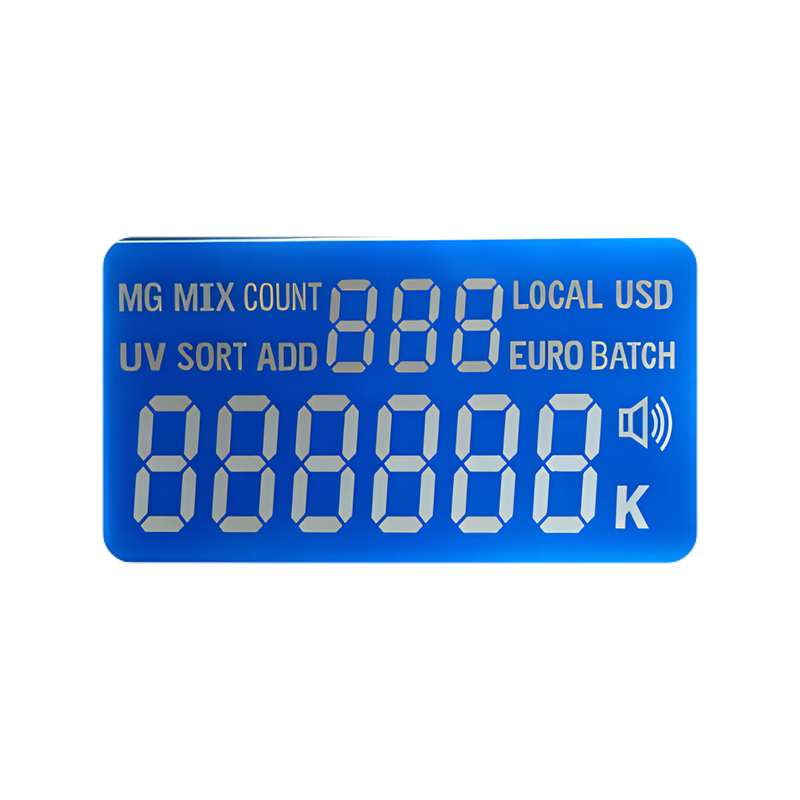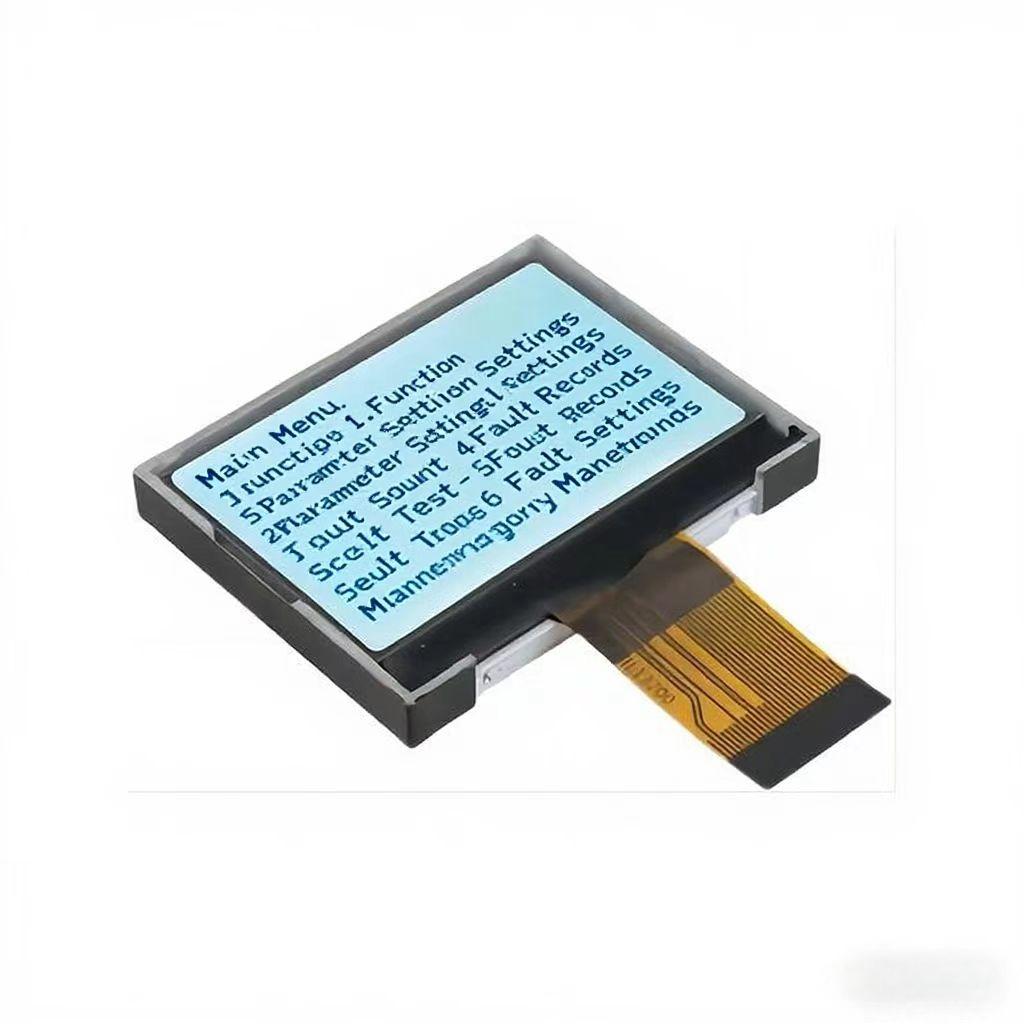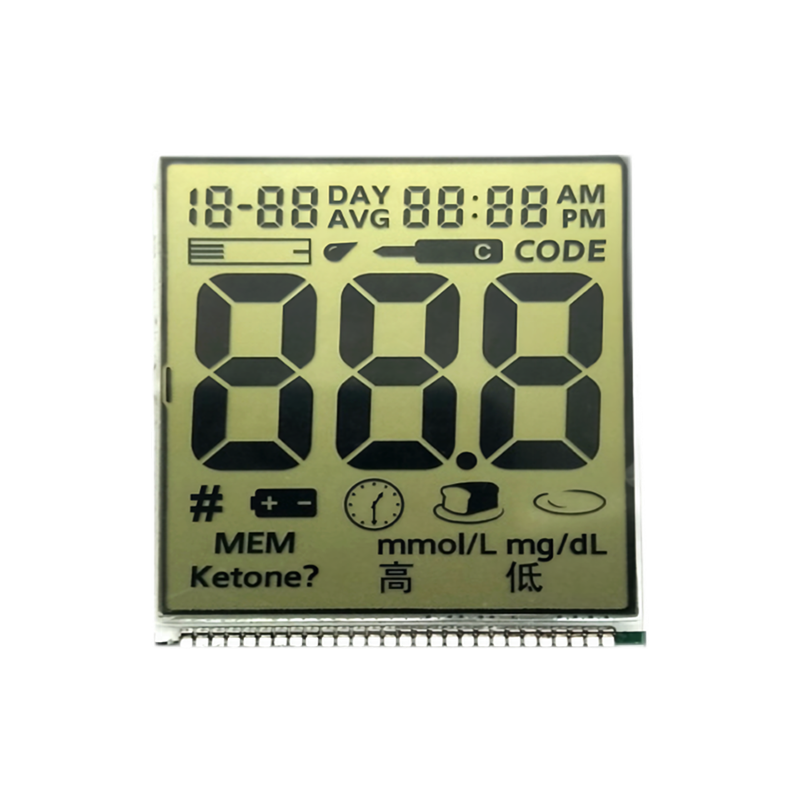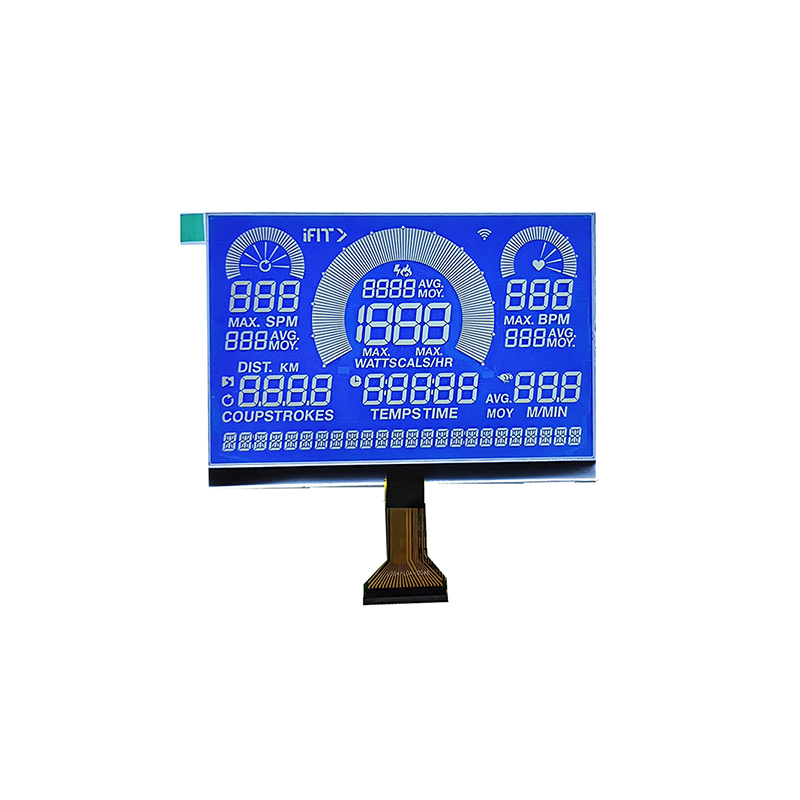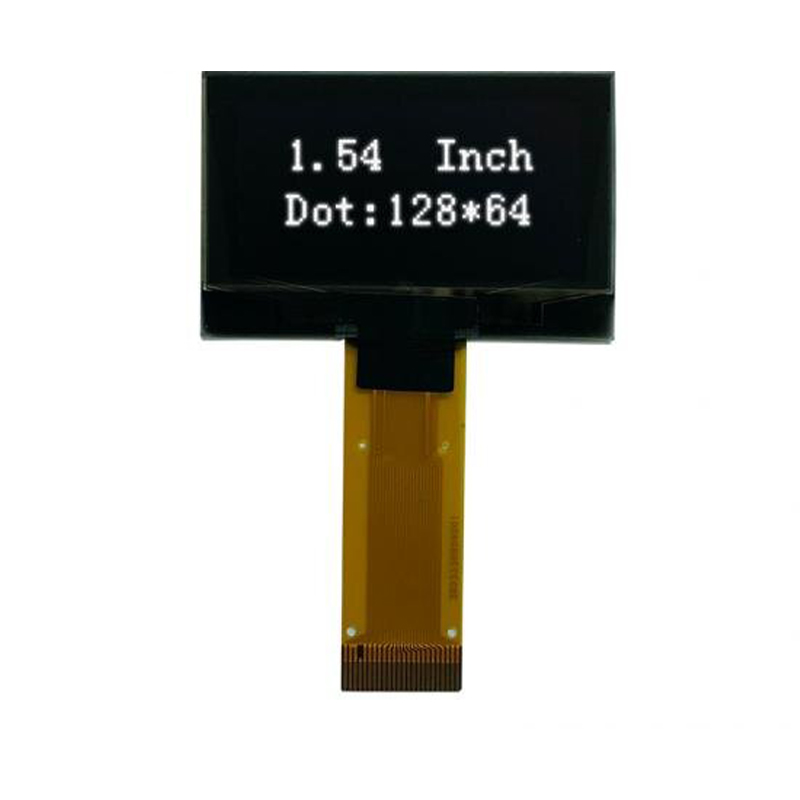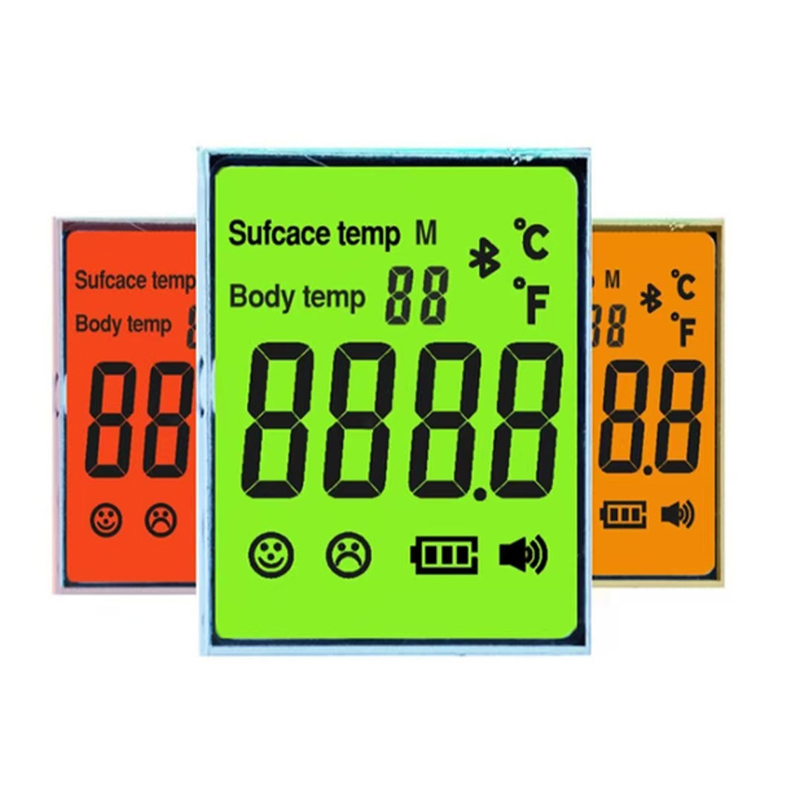
The world of displays is constantly evolving, and circular TFT displays are emerging as a key player in numerous innovative applications. Unlike traditional rectangular displays, these circular screens offer a unique aesthetic and functional advantage, particularly in specialized devices and user interfaces. This guide provides a comprehensive overview of circular TFT displays, covering their technical specifications, applications, and crucial considerations for selection.
Before diving into circular variations, let's briefly understand Thin-Film Transistor (TFT) technology. TFT displays are a type of Liquid Crystal Display (LCD) that use TFTs to control individual pixels, resulting in higher resolution and faster response times compared to older LCD technologies. This makes them ideal for applications requiring sharp images and smooth animations.
The key difference lies in the form factor. While standard TFT displays are rectangular, circular TFT displays offer a distinct circular shape, enhancing the visual appeal and potentially improving user interaction in specific contexts. This unique shape necessitates specialized manufacturing processes and considerations for the underlying circuitry and backlighting. Dalian Eastern Display Co., Ltd. (https://www.ed-lcd.com/) is a leading provider of high-quality displays, including custom designs for specialized applications.
Circular TFT displays are a perfect fit for smartwatches and fitness trackers, providing a visually appealing interface within a compact form factor. Their circular shape complements the design aesthetics and allows for intuitive navigation through circular menus.
In the automotive industry, circular TFT displays can be integrated into instrument clusters and infotainment systems, offering a unique and modern look. They can display vital information such as speed, RPM, and navigation instructions in a clear and concise manner.
Various industrial applications benefit from the robust nature and clear visibility of circular TFT displays. They are often used in control panels, monitoring systems, and other environments where a compact and readable display is needed.
Choosing the right resolution and size is crucial. Higher resolutions provide sharper images, but they also increase cost and power consumption. The optimal size depends on the application and the available space.
Brightness and contrast significantly impact readability in different lighting conditions. Outdoor applications require higher brightness levels than indoor applications.
The viewing angle determines the range of angles from which the display remains clear and visible. A wider viewing angle allows for better visibility from different positions.
Many circular TFT displays offer touchscreen functionality, enhancing user interaction. Capacitive and resistive touchscreens are common choices, each with its own advantages and disadvantages.
| Feature | Circular TFT | OLED | e-Paper |
|---|---|---|---|
| Resolution | High | High | Lower |
| Power Consumption | Moderate | Lower | Very Low |
| Response Time | Fast | Very Fast | Slow |
| Cost | Moderate | Higher | Lower |
This comparison provides a general overview. Specific performance characteristics vary based on the individual display's specifications.
Choosing the right circular TFT display requires careful consideration of several factors. By understanding the technology, applications, and key specifications, you can select a display that perfectly meets your needs and enhances your project's functionality and aesthetic appeal.


